Following the discussion on the HART protocol yesterday, many of you have asked how DCS and HART protocols work together. Below, I will explain the relationship between the two and how their deep integration can bring transformative changes to industrial automation.
1. Overview of DCS Systems
A Distributed Control System (DCS) is a control architecture used in process or plant automation. Its core control components are distributed across various locations rather than concentrated in a single spot. The system consists of the following basic components:
Controller: The core unit that performs logical operations. It can be a PLC or a dedicated controller.
I/O Modules: These handle analog/digital signal adjustments and connect field instruments (e.g., temperature, pressure sensors) to the controller.
Human-Machine Interface (HMI): The operator’s monitoring and interaction window that provides real-time trends, alarms, and control command inputs.
Network: The communication infrastructure, either wired or wireless, supporting data exchange between components.
Field Devices: These include measurement (sensors) and execution (valves, motors) devices that directly influence process variables.
In addition, DCS is often equipped with modules for data historian, alarm management, report generation, and advanced control (e.g., MPC, adaptive control). It can seamlessly integrate with ERP, MES, SCADA, and Safety Instrumented Systems (SIS). Its distributed architecture provides flexibility, scalability, and high reliability, making it widely applicable in industries like power generation, chemicals, and oil & gas.
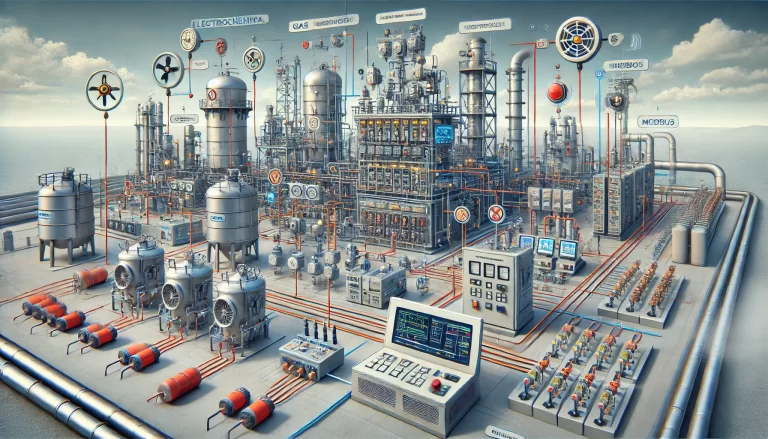
2. HART – “Perceptive Automation”
HART (Highway Addressable Remote Transducer) is a communication method that adds a “digital layer” to the traditional 4-20mA analog signal. While this protocol has been around since the 1990s, it didn’t gain significant attention in the industrial sector until the past decade. With terms like “predictive maintenance” and “asset health management” becoming frequent in industry, HART has become increasingly valuable.
Automation can be categorized into two types:
Functional Automation: Equipment operates autonomously—valves close, processes flow. Traditional DCS has matured in this area.
Perceptive Automation: Devices provide early warning signals of potential failures, and systems can “listen” to these signals. While DCS alone cannot achieve this using only analog data, HART makes it possible.
Real-life Case Study:
In a chemical plant in Jiangsu, a pressure transmitter showed normal performance in the control system, but HART diagnostic data indicated “abnormal damping changes in the diaphragm.” Three days later, the device showed precision deviation. Without HART’s early warning, this could have led to uncontrolled tower pressure.
HART data is not redundant—it serves as a self-feedback mechanism for devices, knowing their drift, aging, and blockage levels. It even tells you when it’s time for calibration.
In essence, DCS makes the production line run, while HART gives devices a “voice” and ensures the whole system operates more healthily.
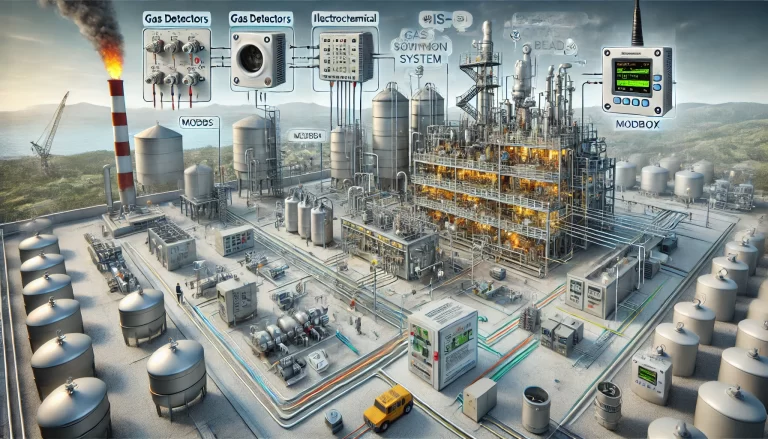
3. The Path to Integration
Currently, most factories use HART protocol at a basic level, such as identifying device models and remotely setting ranges. To truly leverage HART, three steps must be followed:
Establishing Data Links
New Projects: Directly choose I/O modules that support HART, allowing real-time data to flow into DCS.
Old Projects: Use HART multiplexers and gateways to connect without changing existing control logic. The key here is not just connecting wires but ensuring HART signals enter databases and are accessible by SCADA, AMS, and AI modules.
Building Information Models
Each HART device generates over 80 data points, including operational status, fault codes, firmware versions, and calibration logs. Not all fields need to be stored; they must be cleaned, categorized, and mapped.
An ideal model involves three layers:Bottom Layer: Field parsing (based on the HART command set).
Middle Layer: Semantic modeling (e.g., health status, deviation trends).
Top Layer: Business rules (e.g., “Trigger maintenance if sensor deviation exceeds 5% for three hours”).
Embedding Control and Maintenance Logic
Most HART data isn’t used for “control” but for “judgment.” It doesn’t enter PID control loops but can be used in:Alarm Systems (e.g., predicting valve failure risks).
Maintenance Workflows (e.g., auto-generating inspection tasks).
Asset Management (e.g., device risk scoring).
Only by achieving these steps can true “integration” occur, not just simple “connection.”
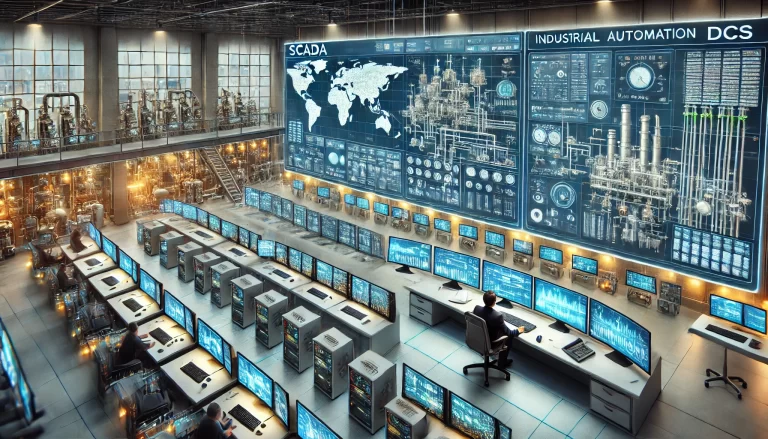
4. Safety and Costs
Though HART was developed in the 1990s, its deep integration with DCS makes devices more intelligent. However, this communication channel must be reliable and compliant to avoid risks:
Risk 1: Miswriting leading to device configuration errors. HART supports parameter writing, and without proper permission control, engineers could accidentally alter device ranges, causing data drift or safety risks.
Risk 2: Inconsistent device compatibility. Different manufacturers may support different HART command versions, causing compatibility issues with third-party AMS systems and creating system fragmentation.
Risk 3: Data redundancy affecting communication bandwidth. Frequent reporting of HART diagnostic data can put a strain on field buses or industrial Ethernet, especially in large-scale systems. Setting appropriate upload frequencies and compression strategies is crucial.
Simple solutions exist:
Implement parameter whitelisting and permission levels.
Standardize HART versions and evaluate compatibility.
Use edge computing to process device data locally before sending it to DCS or the cloud.
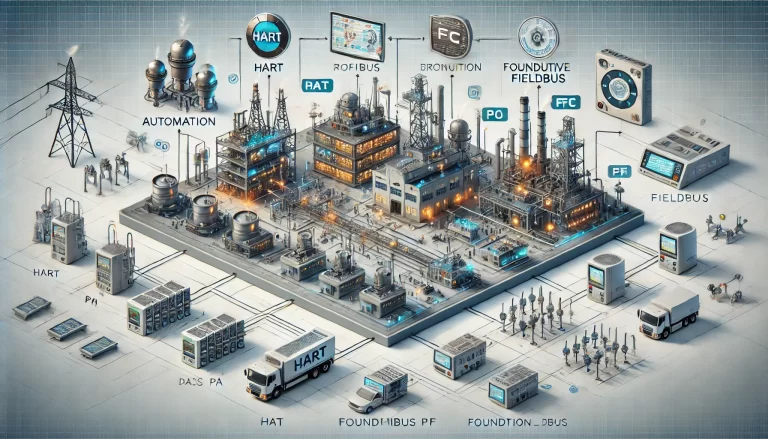
5. Evolving from “Controller” to “Perceptive Hub”
As industrial environments become more complex, the role of DCS is shifting from “process control” to “operation hub.” HART data fills the knowledge gap regarding the “health” of underlying devices. Several trends are already emerging in leading companies:
HART Data in AI Modeling: More companies are using HART fields as features in models for predicting device life and diagnosing failures, achieving much higher precision than traditional alarm-based methods.
Integration of AMS and ERP with Control Systems: Once device status data enters DCS, it can seamlessly integrate with enterprise maintenance, procurement, and budget systems. Many factories now use “device health scores” as a key asset evaluation metric.
HART in the Wireless Era: WirelessHART is becoming a viable solution for large-scale device integration and remote plant expansions, especially in industries like pharmaceuticals and oil & gas. HART-IP also allows HART devices to connect to industrial Ethernet, collaborating with cloud platforms and AI systems. Maintenance personnel can now conduct quick diagnostics anywhere in the plant using handheld devices—saving time and improving safety.
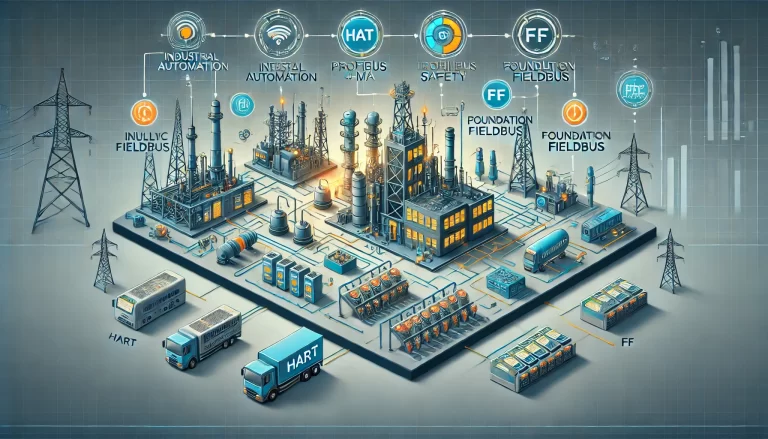
6. Conclusion
Although the HART protocol was conceived in the 1990s, it remains one of the most cost-effective means of building the device data layer in modern industrial automation. Its greatest value is not in replacing fieldbus systems but in empowering existing control systems with observability, predictability, and data connectivity.
The deep synergy between DCS and HART doesn’t just mean a technological overlay—it represents a shift from “automation” to “self-awareness and self-optimization.” In a world where robust solutions are prioritized, the “light innovation, heavy compatibility” approach to integration may be the most realistic starting point for digital transformation.
